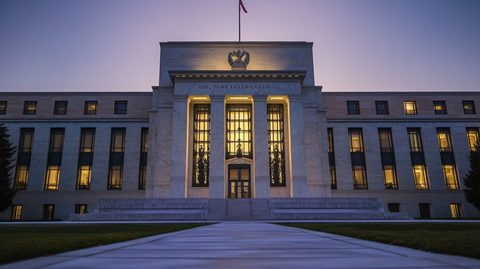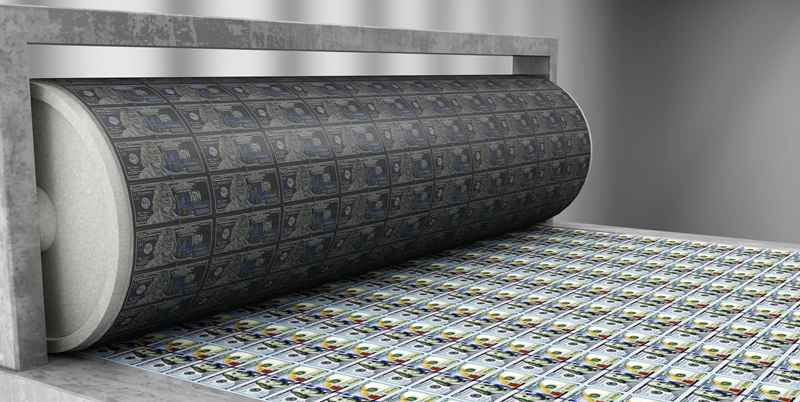Understanding the Federal Reserve

To investors and savers alike, few Institutions are as important, and as misunderstood, as the U.S. Federal Reserve – aka “The Fed”. Did you know…
- The Fed is not a branch of the government, but rather a corporation with shareholders.
- Stock in The Fed pays its shareholders a rather attractive dividend of 6%.
- Shareholders (owners) in The Fed are federally chartered banks -institutions for which The Fed provides supervision.
- The Fed has been an incredibly profitable enterprise. While it is normally profitable, it does have losing years! in 2023, net loss for the federal reserve was $114 billion! Yet in 2021 it made over $107 billion in profits which
it transferred to the Treasury Department as mandated. - The current Federal Reserve is our country’s third effort to establish a Central Bank.
- There is not only one Fed, but rather 12 separate Federal Reserve Banks.

Our Fed was created with the passage of The Federal Reserve Act in 1913. With that Act and subsequent amendments, today’s Central Bank has a number of responsibilities including:
- supervising Federally Chartered Banks
- facilitating the transfer of money (check clearing and cash wiring)
- conducting the nation’s monetary policy
Regarding that last point, The Fed’s specific goals are to increase employment and reduce inflation in the U.S. It is in this last responsibility that The Fed directly affects every citizen and business in the U.S.
A committee within The
- Five of the 12 Regional Fed Presidents: Each of the 12 Regional Federal Reserves elects a president from the local banking community. On a rotating basis, 4 of these regional presidents serve on this committee. The NY Fed President is always on the committee and does not rotate like the other four Presidents.
- Board of Governors (BOG): These seven members are political appointees. Appointed by the President of the U.S. and confirmed by
congress , each BOG member serves a 14-year term. This method assures that no one President “stacks the deck” with just their appointees. The U.S. President also appoints the Chairperson of this committee, who also serves a renewablefour year term. Presently, Jerome Powell serves as both Chairperson of the committee and a member of the Board of Governors.
How the FOMC affects interest rates and the economy.
The FOMC has a number of tools at their disposal to affect the economy. Most significant is the
- By increasing the amount of money in our banking system The Fed lowers the rate, hopefully acting as an economic stimulus. If it is cheaper for banks to borrow money, that should result in lower rates on mortgages, commercial and personal loans and other borrowings, thereby providing a boost to the economy.
- At other times, The Fed can reduce the amount of money in our economy which would result in a
raise in the Federal Funds rate*, in an effort to dampen any growth.
*Note: As described, the Federal Funds Rate is the rate that banks borrow and loan reserves from each other here in the US. In England, the equivalent is called the SOFR rate (Secured Overnight Financing Rate).
The constant manipulation of the money within our banking system in order to change the interbank rate is called “open market operations”. Because the FOMC sets this rate and their actions have a direct impact on the U.S. economy, many people would argue that these 12 people are some of the most powerful people in the world. In addition, The Fed has the ability to lend money directly to banks, providing a safety net to the banks’ depositors. The rate at which banks can borrow money directly from The Fed is called the “discount rate”. The discount rate is another tool the FOMC uses to affect the economy. Lowering the rate makes it cheaper for banks to borrow money and acts as a stimulant to the economy. Conversely, raising the rate would hamper economic activity.
From 2008-2015, our FOMC was also engaged in an even more aggressive and untested economic intervention to further reduce interest rates called Quantitative Easing, (QE 1-3) This involved The Fed creating new money, and then using that money to buy treasury notes and bonds issued by the government.
Thanks to changes implemented by past FOMC Chairmen Alan Greenspan and Ben Bernanke, and further expansion by Janet Yellen and Jerome Powell, the FED now provides historic transparency as to their actions. When they do effect changes in interest rates, they announce those changes. They also offer insights into their analysis of the economy and make projections as to how they expect the economy to perform in the future. Savvy investors would be very well advised to stay abreast of The Fed’s insights. The Fed meets eight times per year and can cause significant market volatility! At the present moment, the Fed is holding rates steady at 4.5%. This months meeting, on March 19th is expected to announce that rates will in not change. However, we do have 7 more meeting this year and any changes could significantly impact market activity!
Whether you're borrowing, investing, or actively trading, keeping a close eye on the Federal Reserve is essential. The Fed’s decisions on interest rates directly influence market conditions, asset prices, and the cost of borrowing. For traders, even subtle changes in monetary policy can trigger significant market volatility, affecting stocks, bonds, commodities, and currencies. Investors need to anticipate how the Fed’s actions—such as rate hikes or cuts—will shape market trends, impact portfolio returns, and create opportunities or risks. With multiple Fed meetings each year, each announcement can alter market sentiment, making it critical for anyone involved in trading or investing to stay informed and adjust their strategies accordingly.